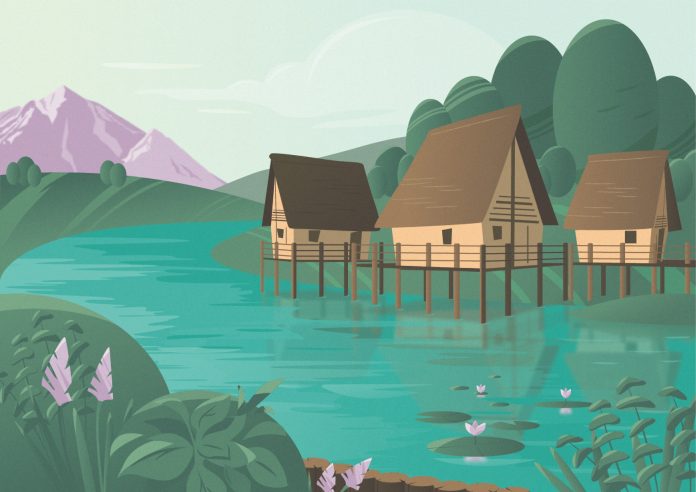by InTrieste
Archeology lovers shouldn’t miss a visit to Palù di Livenza, a prehistoric pile-dwelling settlement dating to the final phase of the Neolithic age, today a Unesco World Heritage Site.
Located in the province of Pordenone in the region of Friuli Venezia Giulia, in a wet and marshy area near the sources of the river Livenza, the location offered ideal living conditions because of the abundance of water and natural resources.
The historic-archeological relevance of Palù di Livenza was already known in the 19th century, but it was not fully grasped until the 1960s, when excavation work brought to light wooden structures and a large number of ceramic fragments and stone tools belonging to a Neolithic settlement datable between the second half of the 5th millennium and the first half of the 4th millennium BC.
Besides the late Neolithic phase of settlement, the most documented, it is possible that the area was already inhabited in the Mesolithic (8,000 to 4,500 BC) and upper Paleolithic (between 40,000 and 8,000 BC), as flint instruments were found. The area was abandoned as a permanent settlement during the 2nd millennium. Such a long time span could provide a wealth of information on the life and habits of people living during the Neolithic and Bronze Age in Alpine Europe and the way they interacted with their environment.
Thanks to the exceptional conservation conditions of the archaeological remains and the site’s dating, Palù di Livenza was inscribed into Unesco’s World Heritage List in 2011, along with other similar settlements found in many wetlands of the Alpine and subalpine region of Europe They are, as Unesco put it, “one of the most important archaeological sources for the study of early agrarian societies in Europe between 5,000 and 500 BC.”





























